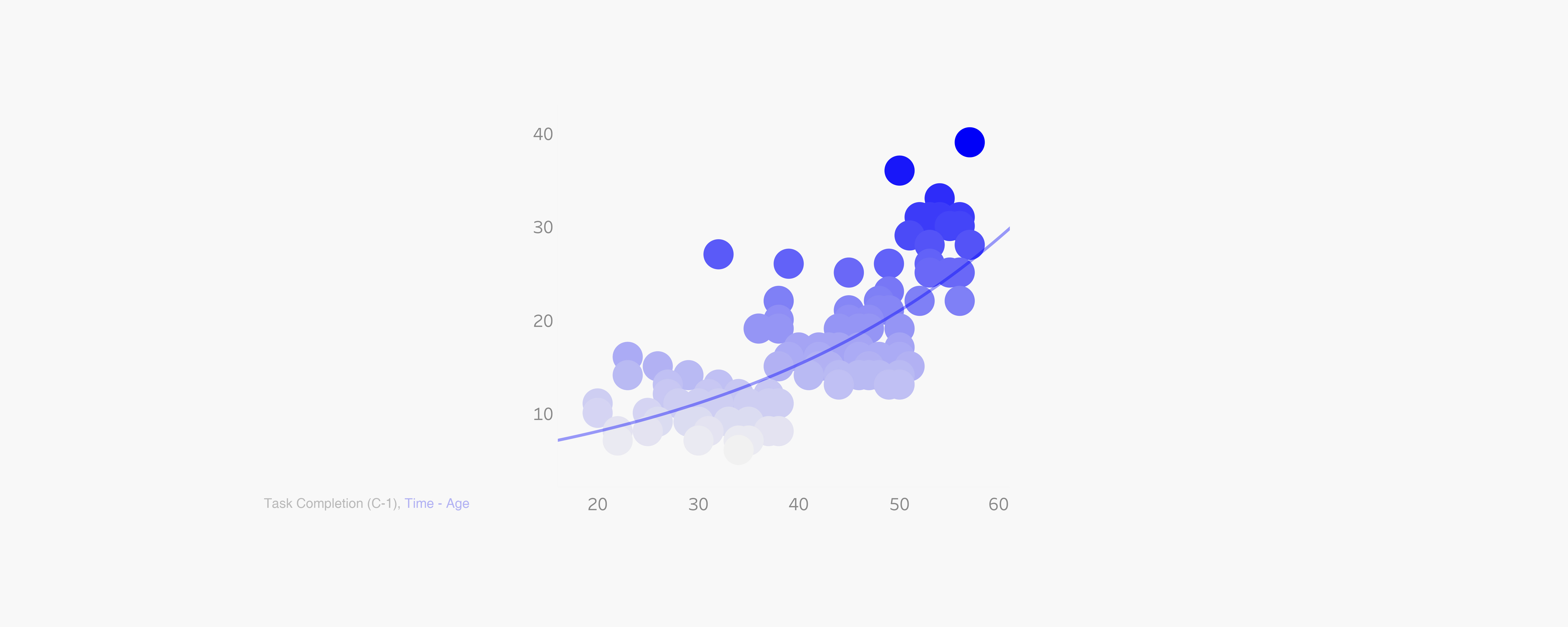
- March 31, 2017
Research/Data-Driven Product Iteration
Background
Stepping into the growth phase of maturity, the company has expanded its scale and volume with an increasing number of active users, investors (series B from VCs & angels), and employees (20-25). In doing so, we have compartmentalized the team into four cross-functional units, from R&D (H/W), development (S/W), marketing, to operations (sales + growth). Spearheading the R&D unit, I devised the project ‘ZIKTO Heart’, coordinating research & strategy, product design, and mass-production (MP) through communication both internally and externally.
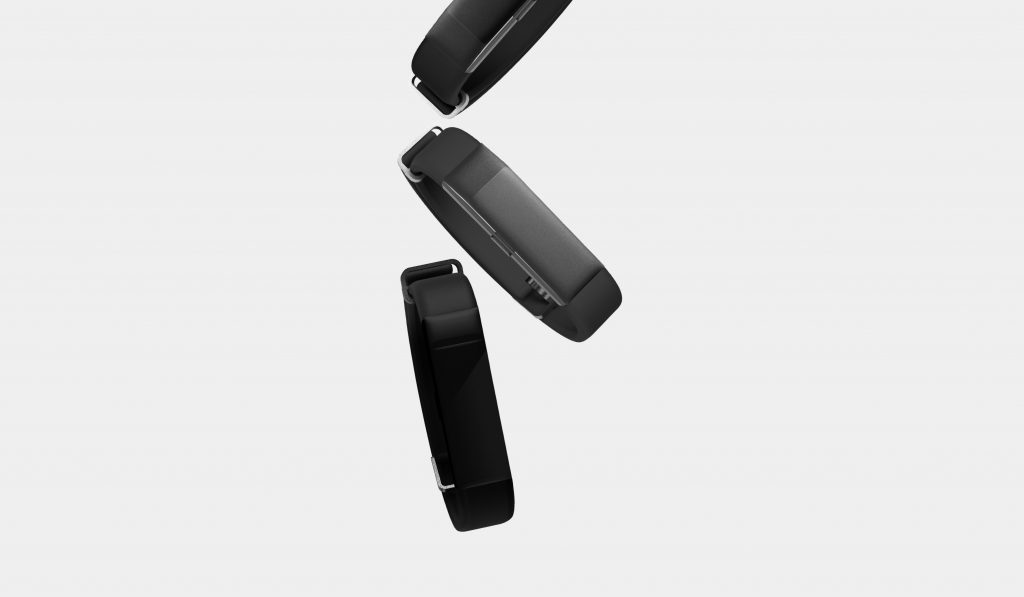
Hardware Updates & Strategy
Although there’s been a sharp rise in demand for heart rate monitors (HRM) in wrist-worn wearables, we didn’t blindly follow the trend. Our aim was to create appropriate use case for every hardware update, covering HRM, display (OLED), sensors, waterproofing quality, CMF, and device user interface to meet the needs of broader audience, i.e. late majority consumers. Through internal research (ethnographic studies & surveys with academic/medical institutions), we managed to fundamentally re-engineer the previous model not only to enable brand succession, but also to enlarge the spectrum of values that it delivers, improving previous shortcomings.
01. Niche Strategy : I have categorized the competition into four clusters with our standard metrics to map out initial strategy. Here’s the quadrant we set out in order to plan our design direction and KPI. The areas with the blue circles demonstrate that there has been less competition as they have more blank spaces. The 3rd quadrant on the other hand, seems busier.
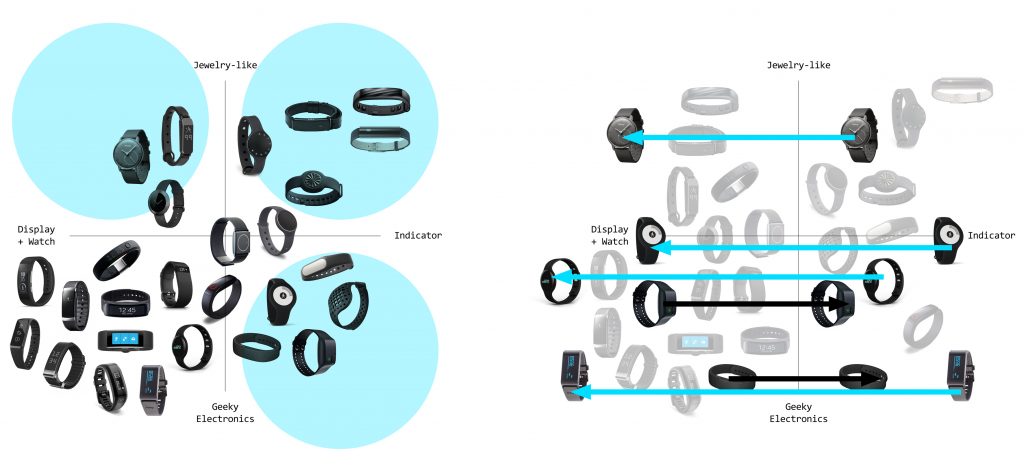
02. Research & Development : Testing multiple hardware updates with prototypes (i.e. works-like & looks-like) based on our in-house research, I worked closely with electrical/mechanical/biomedical engineers and data scientists to refine every facet of product experience through cross-departmental communication. Plus, we partnered up with contract manufacturers at the very beginning to quickly validate our approach in design. *ref. Internal documents (confidential)
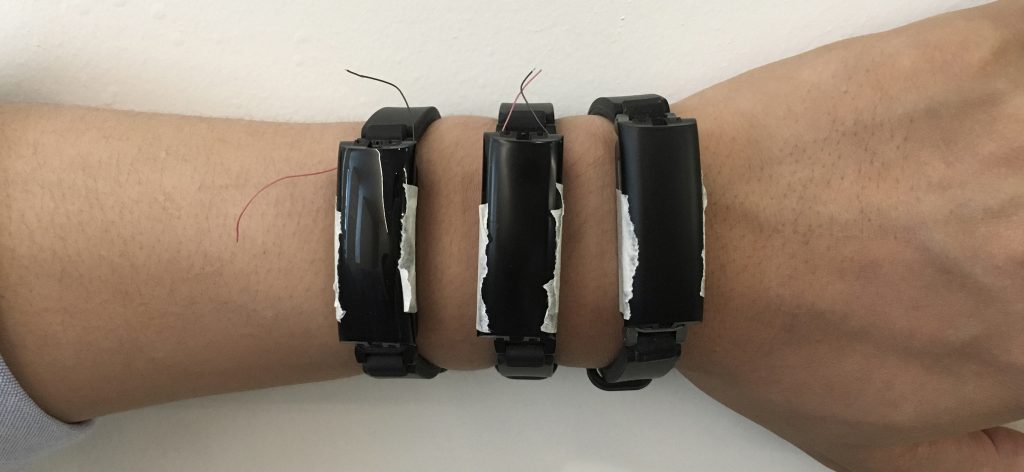
Data-Informed Design
Example #1 : LED Indicators
‘ZIKTO Heart’ was the first project where I officially implemented quantitative analysis to inform and articulate design decisions. Although most of our exploration has been carried out with qualitative metrics with a small number of people, we have also collected data from surveys both internally and externally with universities and academic institutions to test our hypotheses. The example below (scatter plot) shows the users’ task performance in relation to the number of LED indicators. The two variables are highly correlated.
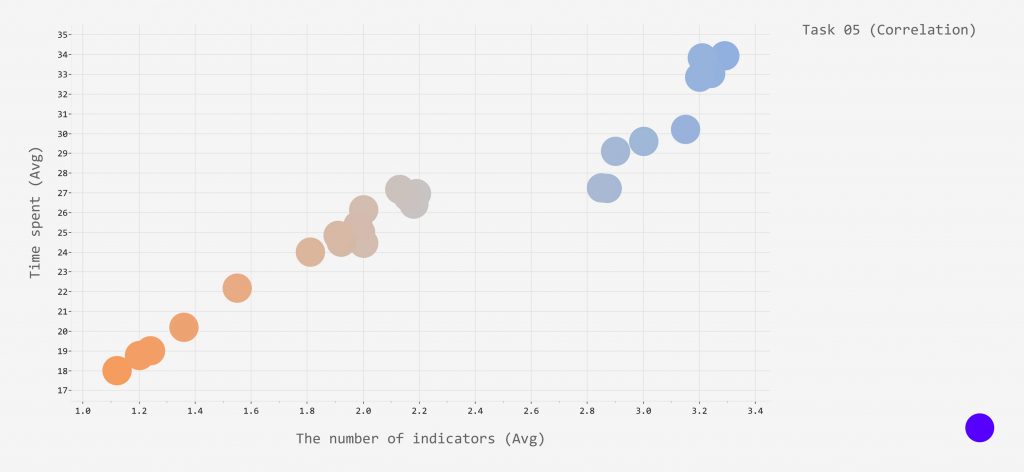
Example #2 : Display Type
Another sample data set demonstrated that the sample group with image-based UI (icons/symbolic images) performed better in learning to adapt the new UI, compared to the one with text-based UI, displaying a steep learning curve.
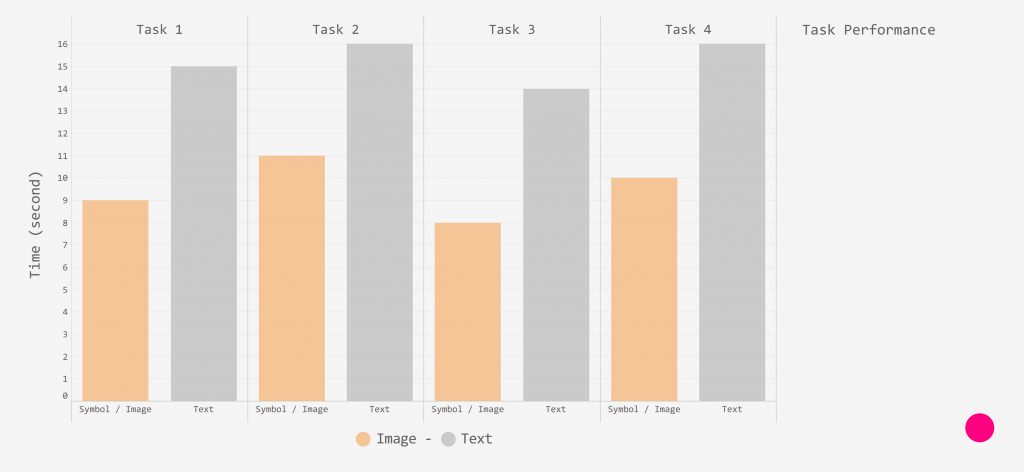
Design Language (Aesthetics)
Stepping into the next phase, our team and I have collected visual inspiration to set design language and direction for the new product. We needed a creative, established guideline for brand succession to enhance, preserve ZIKTO’s identity: divided, reflective sculpture.
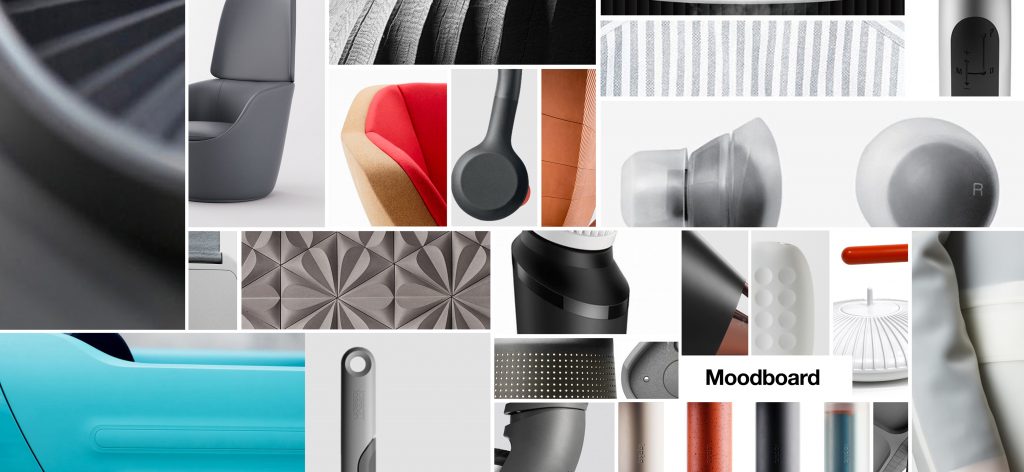
Design Exploration
As part of our initial creative activities, I have developed a couple of concepts based on our research decisions. I started exploring additional interaction and mechanical features, covering 1) positive feedback, 2) user errors, 3) waterproofing quality, 4) HRM use case, and 5) structural robustness; it was by far the most frequently raised topic as we decided to add heart rate monitoring (HRM) to the product use case that also covers tough sport activities.
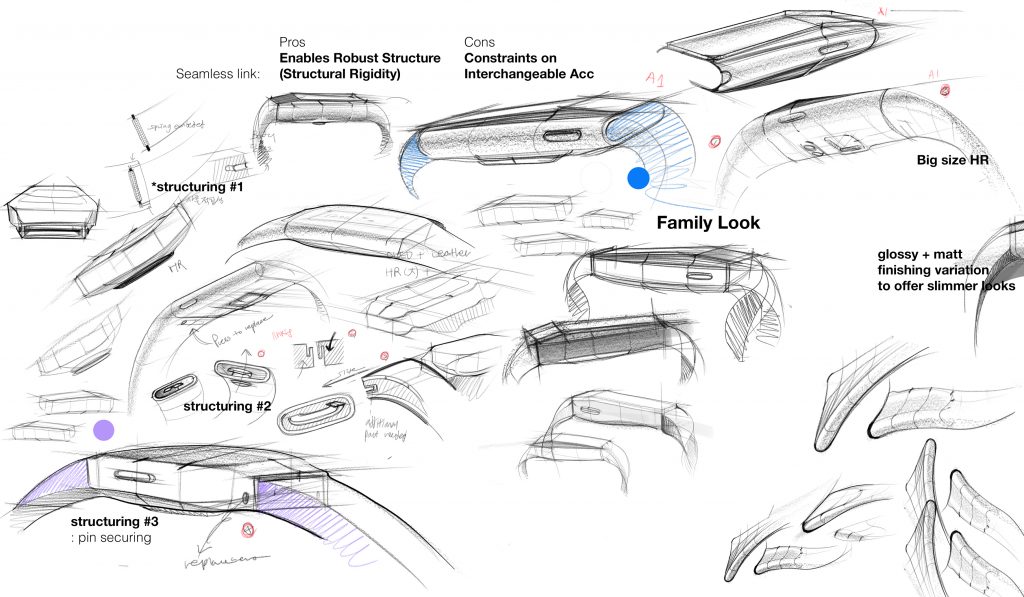
Also tried out some various, diverging shapes with unique physical interaction during the creative process to explore as many ideas as possible at an early phase.

Low-fidelity Prototyping
We have also organized short design sprint sessions, where we opened up the entire design process to other members of the team, inviting them for participation. As a result of that, the team and I were able to quickly iterate initial prototypes, having everyone on the same page.

Pre-Production (PP)
Working with contract manufacturers, we have generated a series of high-fidelity, pre-production (PP) level prototypes with the final hardware. At this stage, we were allowed to iterate parts with various CMF choices to see how they look and feel on your wrists. As for internal layout (H/W), we shortlisted batteries, OLEDs, and sensors in consideration of size and geometry of the device.

Personalization
We know that wearing something all day everyday becomes as much about personal preference and self-expression as functionality. Therefore our aim was to develop a range of CMF choices for the end product, allowing users to have options to personalize the device.
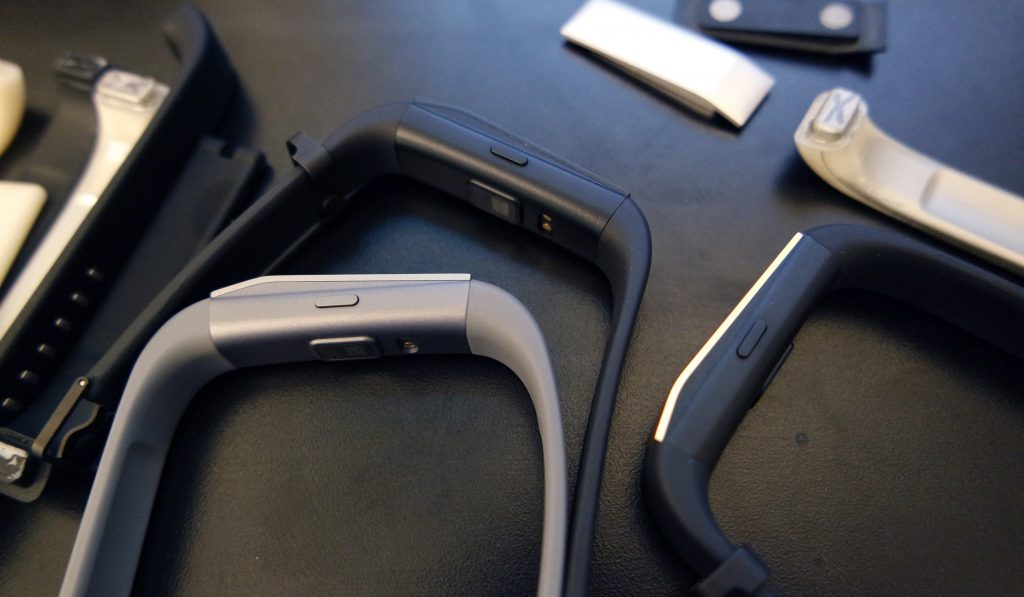
Marketing Side
We’ve frequently collaborated with the marketing through cross-departmental communication, as there is a broad intersection between the two distinct facets (elements) of business: design and marketing. Packaging, branding design, and accessories are the best examples of the collaboration that we undertook seamlessly together.
